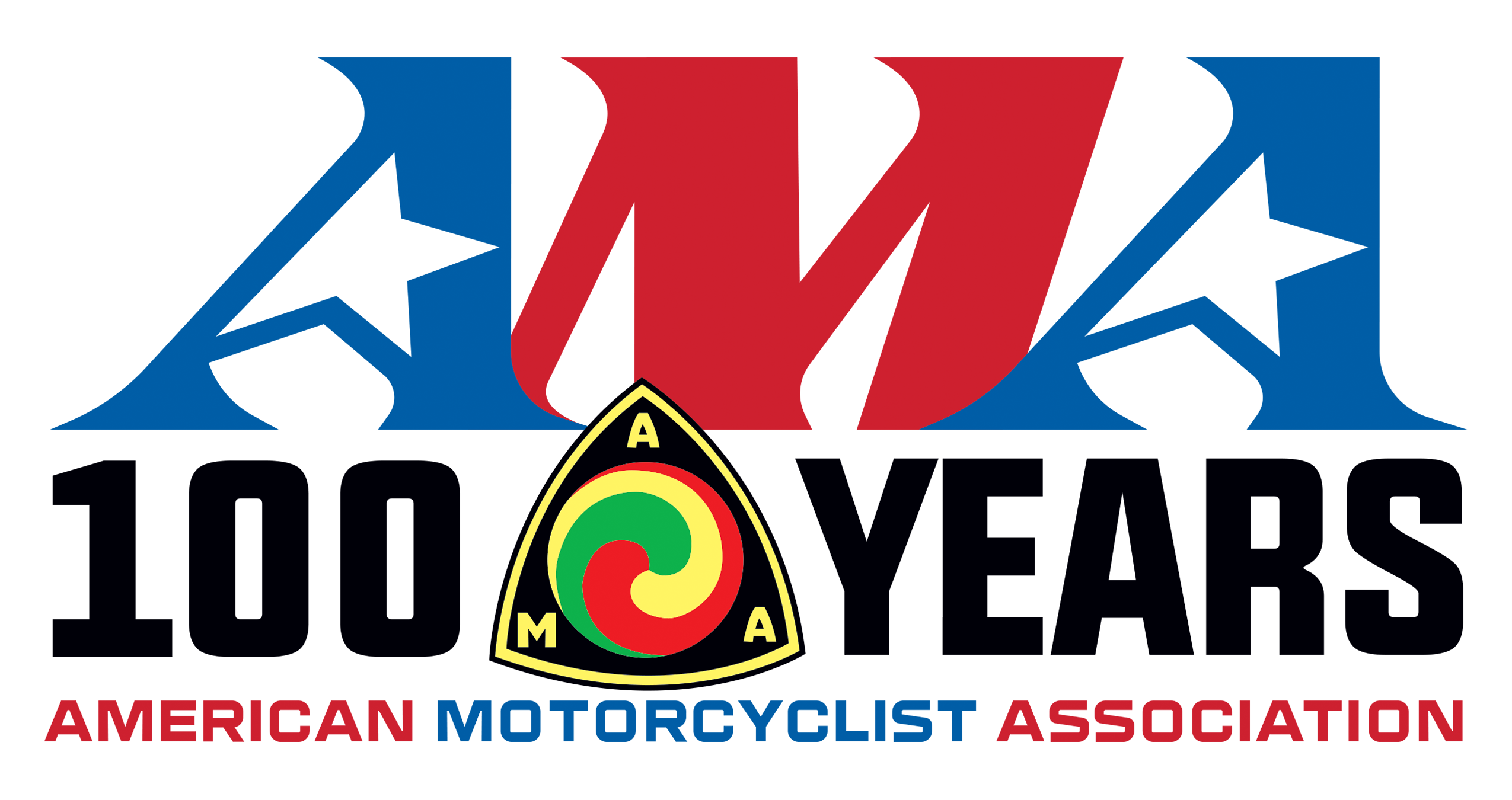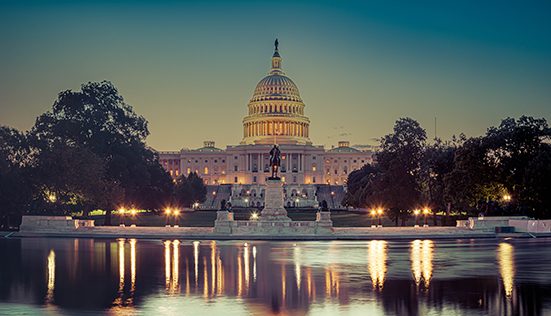Access to Public Lands
The AMA supports responsible recreational access to public lands for the use of off-highway vehicles, including off-highway motorcycles, dual-sport motorcycles and all-terrain vehicles. This access should be administered by professional land managers to meet the needs of participants, protect the land and promote responsible use.
The American Motorcyclist Association supports responsible recreational access to public lands for the use of off-highway vehicles, including off-highway motorcycles, dual-sport motorcycles and all-terrain vehicles. This access should be administered by professional land managers to meet the needs of participants, protect the land and promote responsible use.
While the AMA recognizes that no single recreation type is appropriate for every setting, there are certainly many places where OHV use can exist in harmony with other uses, while preserving important natural and cultural resources.
Management of our national public lands is guided by the Multiple Use-Sustained Yield Act of 1960. The act encourages a wide variety of activities, provided that they take place in harmony with natural resource values.
The Benefits of OHV USE
The AMA supports responsible OHV recreation because of its many benefits.
Most easily documented among the myriad benefits is the enhancement of the economy. The economic impact of OHV recreation is huge – more than $68 billion in direct spending1. An Arizona study2 showed that OHV recreation created a statewide economic impact of $4.25 billion. A University of Tennessee study3 reported that the economic impact of OHVs amounts to $3.4 billion and a New Hampshire study4 documented that the OHV impact on the state’s economy was approximately $318 million.
Public-private partnerships, such as the massive Hatfield McCoy Trail System5 with more than 700 miles of managed trails, provide additional economic benefits due to the leveraging of private property access with scarce public lands.
Public lands benefit, as well, from responsible OHV recreation. OHV enthusiasts6 are known to be public spirited and civic minded, volunteering their time for activities such as trail maintenance, area cleanups and safety patrols.
OHV recreation is a physically demanding activity performed exclusively outdoors. Taking part provides the same personal stress reduction and exercise benefits to the individual found in other physically demanding outdoor activities.
Responsible OHV recreation is also a social and family activity. Participants often develop friendships with other like-minded individuals and enjoy an enhanced quality of life by pursuing an activity in which family members can partake.
Broader benefits also exist. In our increasingly urban and suburban landscape, the preservation of open space has become increasingly important. Public lands designated for responsible OHV recreation remain undeveloped green space. Recreational trails and dirt-road travel routes are corridors that allow the surrounding land and high-level canopy to remain as natural habitat for plants and wildlife. The opportunity to experience these natural settings instills a greater appreciation for the value of open space and our natural resources.
Related AMA Positions
- The AMA supports management practices that recognize the value of responsible OHV recreation and work to improve the availability of recreational sites and activities.
- The AMA supports actions by land managers and agencies that increase quality OHV recreational opportunities. This includes increases in trail mileage (and quality of the experience), maintenance of trails, and the development of trailhead and trailside amenities and facilities.
- The AMA supports actions by land managers and local jurisdictions to secure and protect access to historic and established routes of travel into and across public lands.
- The AMA supports actions that invite OHV enthusiasts to participate in the public lands management process. This includes the encouragement of volunteer efforts, participation in program and project-level decision-making and acts to implement program and project decisions.
- The AMA supports legislation and administrative actions that recognize the value of OHV recreational opportunities, improve professional management, and develop and strengthen OHV recreation funding sources.
- The AMA supports the development of collaborative efforts with other recreation and special interest groups, especially those interested in trail-based recreation, to improve understanding and respect among all members of the trails community and to enhance the diverse recreational trails opportunities available to all Americans.
- The AMA supports scholarly research that objectively portrays the role of OHV recreation and its relationship to participants, the environment and society. It is expected that researchers will make every effort to develop an understanding with OHV enthusiasts of the purpose, method and proposed use of such studies.
Closures of Recreational Lands
The AMA recognizes that there may be limited situations that justify an emergency closure of recreational lands or trails despite a lack of scientific documentation. However, if such a closure is performed, the responsible agency has thereby created an obligation to immediately commence an objective scientific study to determine how and when the lands or trails may be reopened for their former recreational uses.
The AMA also encourages alternative sites be opened if a recreational area is going to be closed for an extended period of time.
The AMA will assist and encourage its membership and other enthusiasts to develop cooperative relationships with land managers and land management agencies. This includes volunteerism, working with management to document activities and interacting with other recreational and local interests.
1 2013, Motorcycle Industry Council, “Ride Off-Highway Vehicle Trails to Prosperity”
2 2003 Arizona State Parks Recreational Trails, “Economic Importance of Off-Highway Vehicle Recreation to Arizona”
3 2001 University of Tennessee, Department of Agricultural Economics, “Estimated Statewide Economic Impacts of Off-Highway Vehicles: A $3.4 Billion Industry”
4 2004 Plymouth State University, The Institute for New Hampshire Studies, “The Impact of Spending by ATV/Trailbike Travel Parties on New Hampshire’s Economy During July 2002 To June 2003”
5 2006, Marshall University, Center for Business and Economic Research, “The Economic Impact of the Hatfield-McCoy Trail System in West Virginia”
6 2008, U.S. Department of Agriculture, “Off-Highway Vehicle Recreation in the United States and its Regions and States: An Update National Report from the National Survey on Recreation and the Environment (NSRE)”






